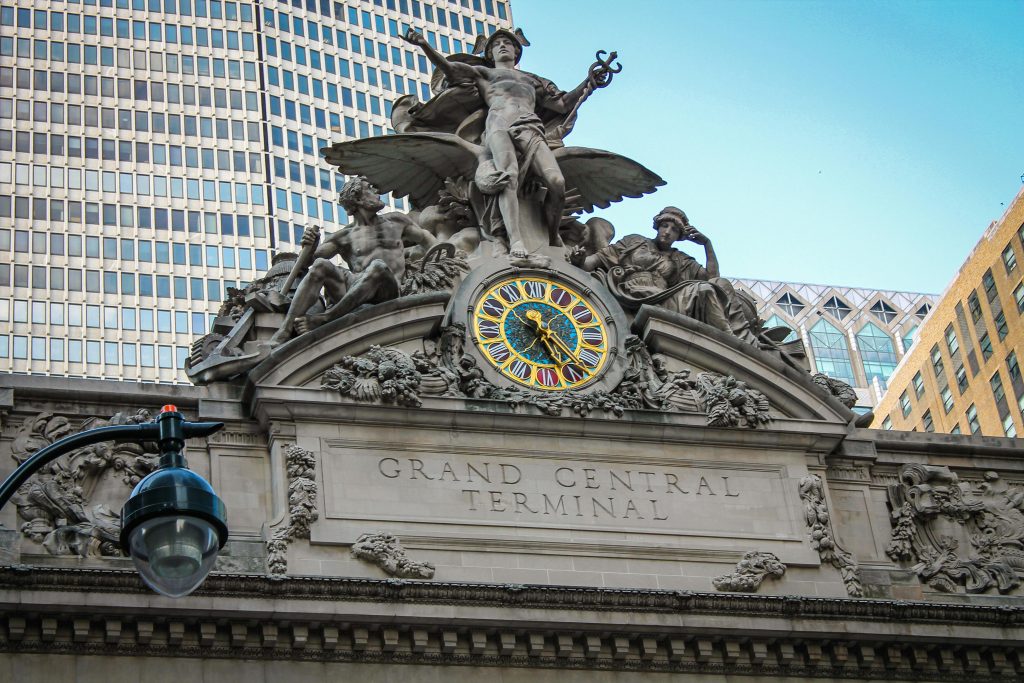Vanderbilt, Roosevelt, Kennedy and Grand Central Terminal

As I embarked on my journey from Queens to Manhattan, thoughts of the Gilded Age swirled in my mind: Vanderbilt, J.P. Morgan, Rockefeller, Carnegie—names echoing through time with the weight of history. Little did I know that my arrival at Grand Central Terminal would plunge me deeper into the era’s narrative.
Stepping off the 7 train, the magnitude of Grand Central’s origins struck me. It was Vanderbilt’s vision, a monumental endeavor to unite his sprawling rail lines—Harlem, New York Central, Hudson River Railroads—all converging in Midtown. Back then, this spot lay on the outskirts of the city, a risky venture warned against by skeptics. But Vanderbilt, undeterred, forged ahead, enlisting architect John B. Snook to realize his dream in the eclectic Second Empire style—a fusion of architectural influences.
In time, the area thrived, demanding expansions to accommodate the growing throngs. By 1897, the depot had burst at the seams, prompting renovations and a transformation into the majestic Grand Central Station, adorned anew in Neo-Renaissance style.
Yet, amidst the progress, the station bore the marks of its ceaseless traffic—smoke and soot, emblematic of its gritty reputation. The tragic train collision of 1902 served as a catalyst for change. New York Central resolved to electrify, ushering in a new era with the opening of Grand Central Terminal on February 2, 1913. Designed by Reed and Stem, with exterior flourishes by Warren and Whetmore, it stood as a testament to modernity—the world’s largest electric train station.
 But the terminal’s journey was not without trials. Legal disputes, economic pressures, and the looming threat of demolition cast shadows upon its storied halls. It was the intervention of Jackie Kennedy Onassis and the Municipal Arts Society that spared Grand Central from the wrecking ball, preserving its legacy amidst the ever-changing skyline of New York City.
But the terminal’s journey was not without trials. Legal disputes, economic pressures, and the looming threat of demolition cast shadows upon its storied halls. It was the intervention of Jackie Kennedy Onassis and the Municipal Arts Society that spared Grand Central from the wrecking ball, preserving its legacy amidst the ever-changing skyline of New York City.
Through the decades, Grand Central remained a silent witness to the ebb and flow of life—a transportation nexus where strangers passed like ships in the night. Yet, within its labyrinthine corridors lay hidden tales—an art school once flourished under the tutelage of John Singer Sargent, the Vanderbilt legacy woven into every detail, and whispers of a secret Track 61 traversed by none other than President Franklin Delano Roosevelt.
As I pondered these secrets, I couldn’t help but feel grateful for those who fought to preserve this Midtown gem. Grand Central Terminal stands today as a living testament to history—a beacon of resilience amid the ever-changing landscape of New York City.